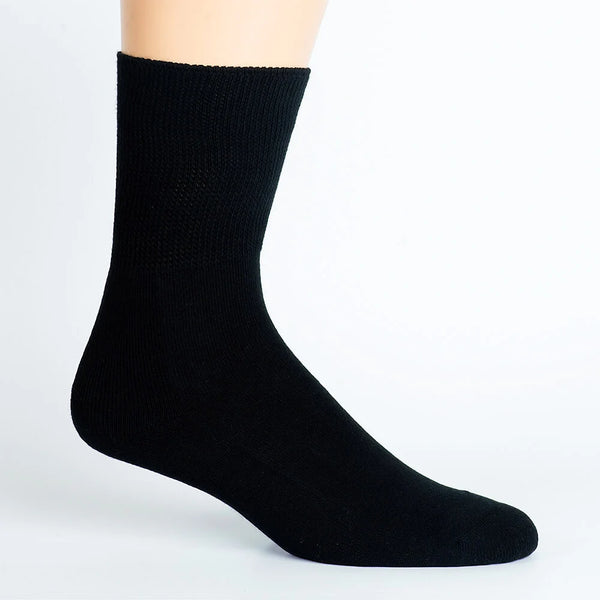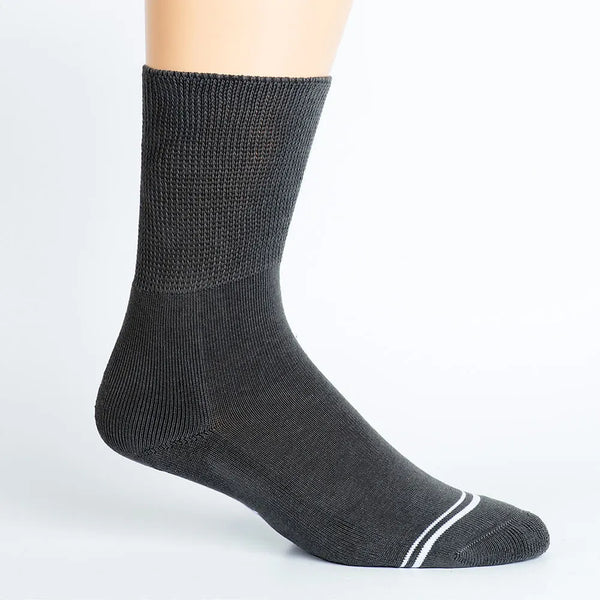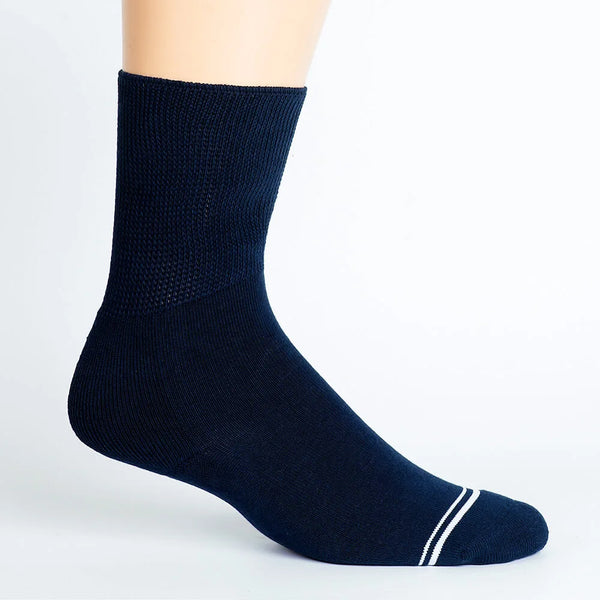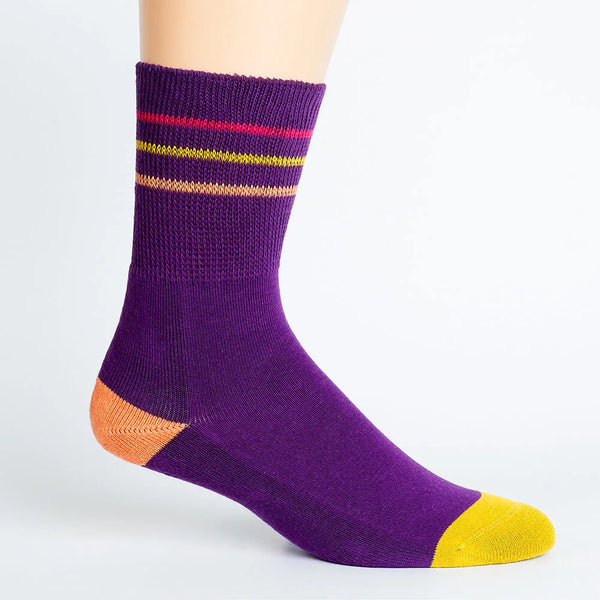Insulin Resistance 101: Early Signs, Prevention, and Why Circulation Matters

Fatigue, cravings, or tingling feet? These can be early signs of insulin resistance. Learn what to watch for, how to help prevent it, and how better circulation supports healthy legs and feet.
Insulin resistance is one of those things that can be happening quietly in the background. Your body is making insulin, but your cells aren’t responding to it as well as they should. Over time, this can raise blood sugar levels and increase the risk of prediabetes and type 2 diabetes.
What Is Insulin Resistance?
Insulin is the hormone that helps move sugar from your blood into your cells. With insulin resistance, your cells become less responsive — so your body makes more insulin to compensate. The CDC and the U.S. National Institute of Diabetes and Digestive and Kidney Diseases (NIDDK) both note that this can progress to prediabetes if not addressed.
Common Signs You May Have Insulin Resistance
Not everyone has symptoms — that’s what makes it sneaky. But people often report:
- Constant fatigue or “crashing” a few hours after meals
- Strong carb or sugar cravings
- Weight gain around the midsection or difficulty losing weight
- Brain fog or irritability when you haven’t eaten
- Dark, velvety patches of skin on the neck, armpits, or groin (acanthosis nigricans)
- Swelling or tingling in feet/ankles when circulation is sluggish
These are not a diagnosis — but they’re good reasons to ask your doctor for bloodwork.
Why Your Feet Sometimes Notice First
Metabolic health and circulation are closely linked. When insulin resistance and inflammation start to creep in, blood flow to the extremities can slow down. That can lead to:
- Heavier or tired legs after sitting
- Mild swelling at the end of the day
- Tingling or “pins and needles” in the feet
Supporting circulation — with movement, hydration, and gentle, non-restrictive socks — can help keep feet more comfortable while you work on lifestyle changes.
How to Help Prevent or Improve Insulin Resistance
The good news: lifestyle changes make a big difference. Research summarized by Harvard Health shows that even modest changes can improve insulin sensitivity.
- Move more: walking after meals, light strength training, or any daily activity helps your muscles use glucose better.
- Choose fibre and protein: build meals around vegetables, lean protein, legumes, and whole grains.
- Sleep & stress: poor sleep and high stress can worsen insulin resistance — aim for good sleep hygiene.
- Regular checkups: ask your doctor about fasting glucose, HbA1c, and other markers.
Where Non-Binding Socks Fit In
As circulation becomes more important, so does what you wear on your feet. Traditional tight socks can dig in, leave marks, or make swelling less comfortable. Our non-binding diabetic socks are designed to:
- Stay up without squeezing
- Reduce friction with seamless construction
- Wick moisture away from the skin
- Give sensitive or swelling-prone feet more room to breathe
They’re not a treatment for insulin resistance — but they do support foot comfort while you’re working on the root causes.
Small change, big comfort: Explore our collection of non-binding socks made to support healthy-feeling feet.
When to See a Doctor
If you have several of the symptoms above — especially darkened skin patches, increasing waist size, or swelling/tingling in the feet — it’s worth getting a professional opinion. Early action can prevent progression to prediabetes or diabetes.
Further Reading
SHARE:












